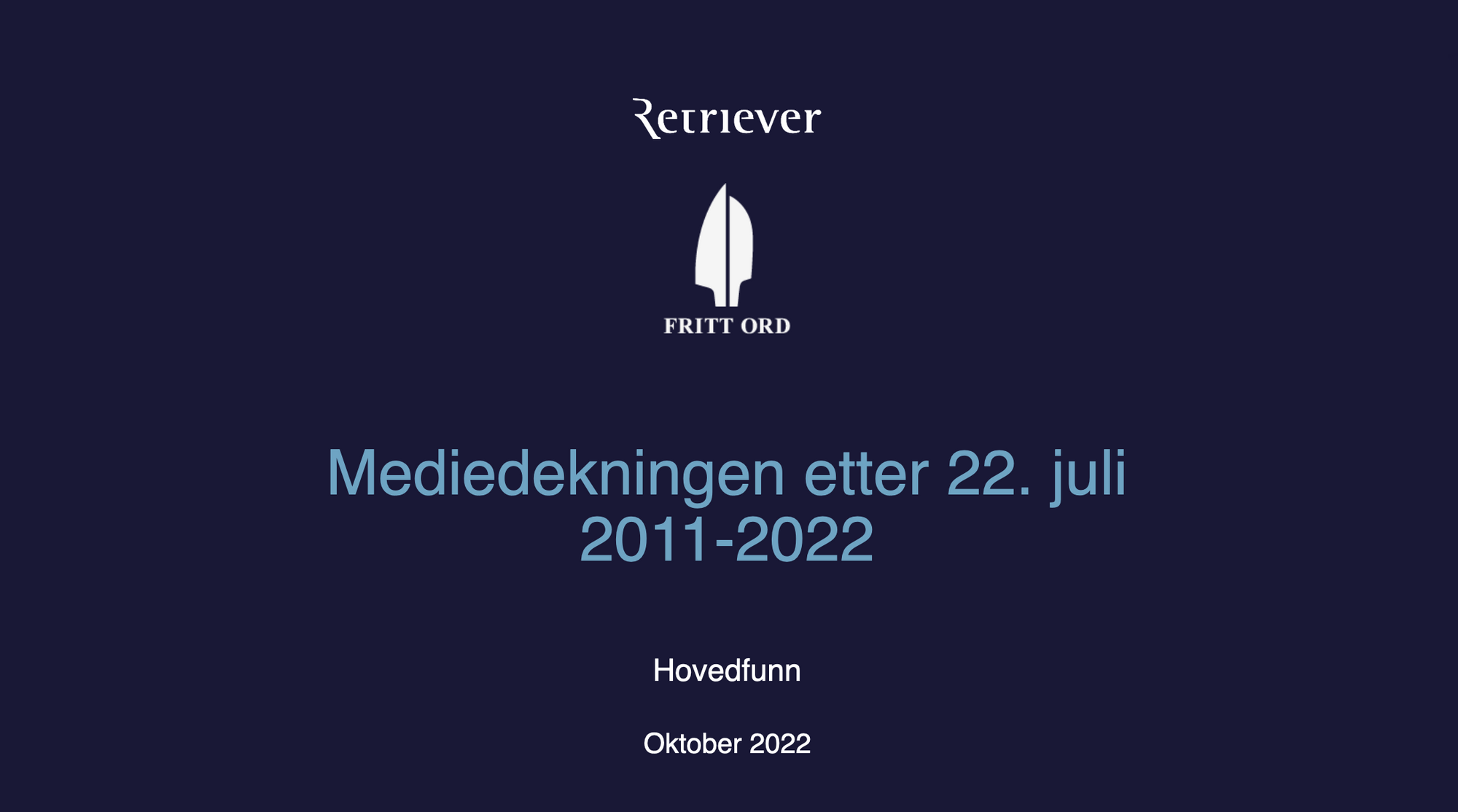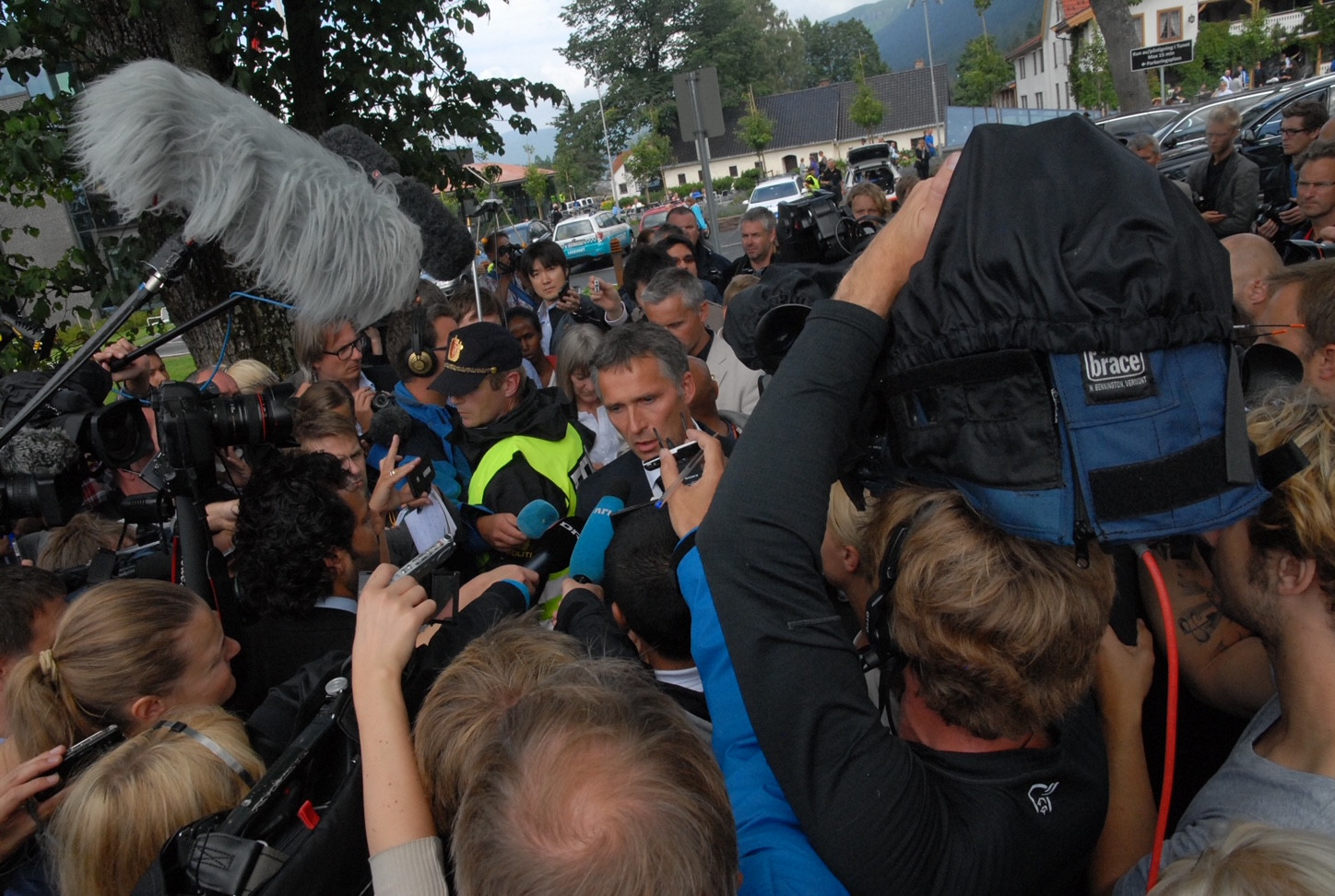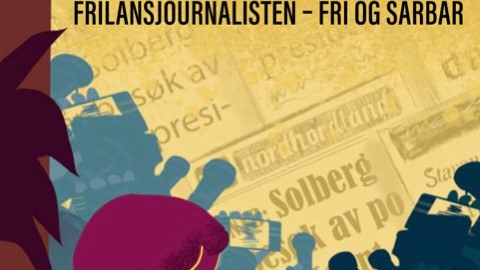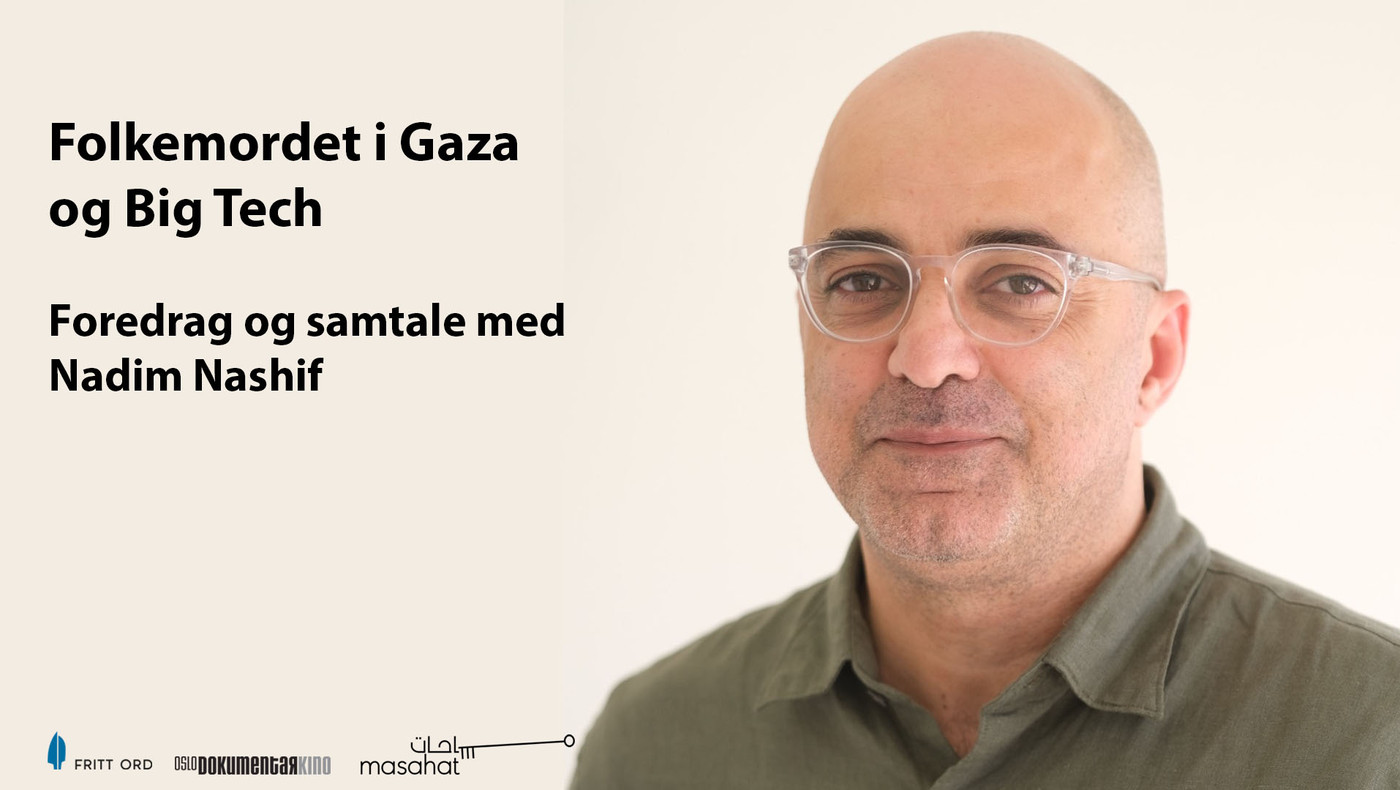Survey of media coverage from 2011 to 2022 of the terrorist acts committed on 22 July 2011
For the first time, a systematic analysis has been made of 11 years of media coverage on the acts of terror committed on 22 July 2011.
Nearly 500 000 newspaper articles have been published about the right-wing extremist acts of terror from the time they were committed until the summer of 2022.
Norway’s Prime Minister Jens Stoltenberg at the Sundvolden Hotel, near Utøya Island, on 23 July 2011. Photo: Henrik Pryser Libell
Click on the links below to download the full report (in Norwegian) and/or a shorter version of the report (in Norwegian) that was presented at the press conference arranged by Fritt Ord on 26 October 2022.
Media coverage in the aftermath of 22 July 2011
Fritt Ord is filming the presentation on 26 October. Click here to stream the meeting from 10-11.30 a.m.
The report includes all Norwegian media coverage on the acts of terror committed on 22 July 2011, from the summer of 2011 to the summer of 2022.
Many consider the 10th anniversary of the incident in 2021 a watershed in the debate on the heinous acts of terror. Fresh perspectives, insights, research reports and books set a new tone for the media debate. The participation of members of the Workers’ Youth League (AUF) was especially important. An intense, comprehensive debate was coloured by allegations about the place of AUF politicians and right-wing radicals in the media during the period in question, and it used terms such as ‘responsibility of speech’ and ’the Utøya card’..
In late summer 2021, the Fritt Ord Foundation commissioned the media analysis agency Retriever to examine the media coverage of the right-wing extremist acts of terror committed in Oslo and on Utøya Island a decade earlier. The investigation was intended to provide a constructive, fact-based platform for further discussions on the topics mentioned.
The report was funded exclusively by Fritt Ord.

“The report (in Norwegian) ":/attachments/cce1b2d67e930df722f06770aba9dd807251a1be/218-20221026073622244824.pdf




